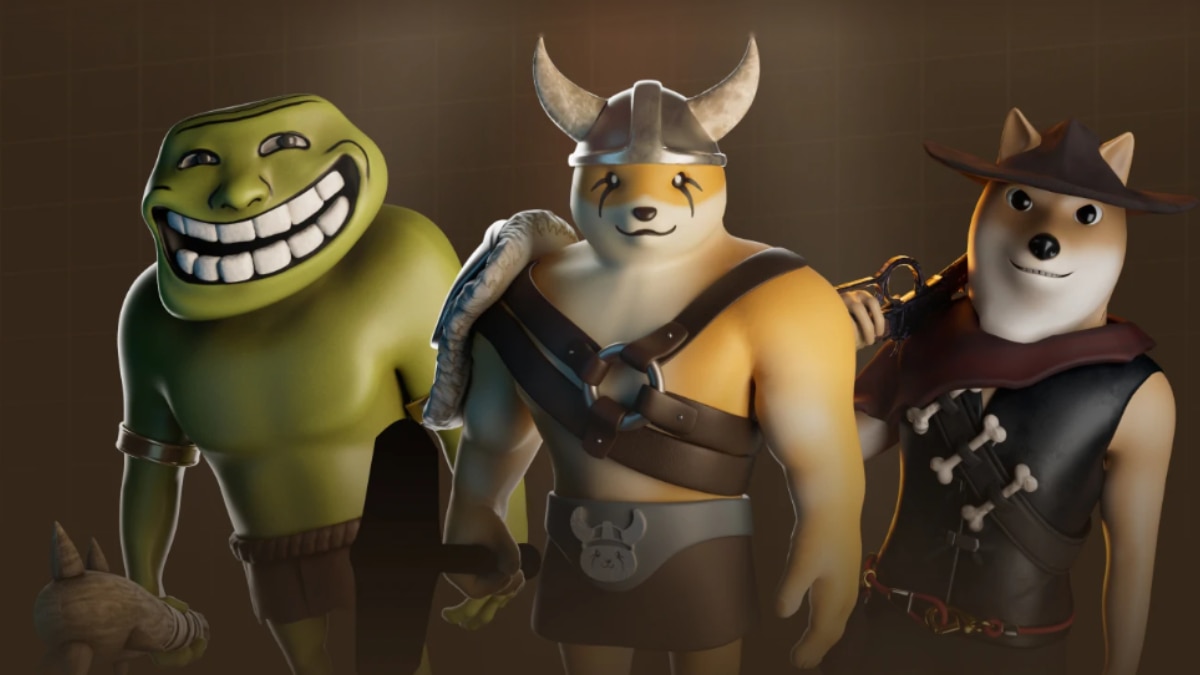
Before developed the tactile braille system, the most common method of teaching blind students to read was through raised or embossed letter systems. The modern system, called Braille, is similar and consists of raised dots that can be read with the fingertips. used block printing to write her first letter as this was an easy method for creating individual letters and characters.
In 1904, she became the first blind and deaf person to graduate from college. This was no easy task because she needed to learn many different reading and writing methods. This prompted her to write a letter to William Wade at the Perkins School for the Blind: “There is nothing more absurd, I think, than to have five or six different prints for the blind.
” She was instrumental in solidifying Braille as the universal language for the blind. We embrace diversity in literature because of people like Louis Braille and Helen Keller, who chose to push the boundaries of the norm. They taught us that everyone has the right to read and write despite their physical limitations.
In 2019, braille became more accessible with the introduction of the Canute 360 multi-line braille e-reader. Before the Canute 360, multi-line braille was only available in paperback or devices limited to a single line or a few characters. This was not engaging because paperbacks were quite hefty and the devices were robotic.
Just like regular Kindles, the Braille e-reader can read books continuously as the page refreshes from the top. Readers can place bookmarks, switch between chapters and move between books through the menu system. Canute can read entire paragraphs due to a whopping 360 braille cells on 9 lines.
Current devices have only 40-80 braille cells on 1 or 2 lines. While it doesn’t feel like paper, it is still relatively lightweight and soft to the touch. Canute can store ten thousand books, read .
brf and .ref files and support all 6-dot braille codes including math, music, programming, text and graphics. The one drawback is the hefty price tag.
Most people cannot afford thousands of dollars for a device. The good news is many libraries and resource centers will allow you to borrow or use one. It is standard for many of these institutions to have one available, however, you should check with your local center beforehand.
While the Canute e-reader provides a solution for the blind, Audiobooks are helping to assist individuals with mobile disabilities through hands-free voice-activated applications on devices such as tablets, smartphones and notebooks. Using simple commands you can search for books, choose voices, flip pages, clarify text, highlight paragraphs and even make recommendations based on book reviews. Inclusion and diversity have and always will be at the forefront of literature because in its very essence literature is an art form that communicates ideas and knowledge through stories.
Literature is essential to the historical, political, cultural and social human conversation. If it can not be heard by everyone in the manner intended, then it has failed to achieve its goal. Technology will continue to offer more effective ways to share stories in the future and it is nice to know that everyone will be included.
For more specific details on the Canute 360 please visit the website. Photo is screen shot from image on Writing has always been her passion and a voice for those who cannot speak. She considers herself fortunate to write every day and says her mantra is, "I drink coffee, write, and I know about people and technology.
" Her writing is diverse and can be found online on websites like LifeHack, You Have a Calling, Medium, TechCrunch and, She Knows..














